Road to the 11th Parliamentary Election
On December 7, 1970, after 23 years of existence, Pakistan witnessed its first general election. People from West and the then East Pakistan voted in 300 parliamentary constituencies to elect members of the National Assembly of Pakistan. The outcome of the election was a landslide win by the Awami League, which won 160 seats in the National Assembly. However, President Yahya Khan refused to hand over power to the democratically elected government, and the rest is history. After a bloody nine-month war, Bangladesh emerged as an independent nation. In the 47 years of Bangladesh as a sovereign nation, it has witnessed 10 parliamentary elections (for 300 constituencies). The Constitution of Bangladesh, which came into effect in 1972, stipulated for a multi-party parliamentary system, and on the basis of that, the first election was held in March 1973. Today, Bangladeshis will vote in the 11th Parliamentary Elections of the country. Below we present some pictures and facts of the preceding 10 elections.
Four parliamentary elections were held under a presidential system (1979, 1986, 1988 and 1991), while the other six (1973, and those after 1991) were held under the parliamentary system.
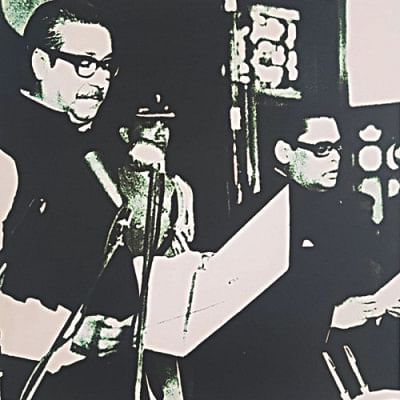
1973 GENERAL ELECTION
DATE: MARCH 7, 1973
CONTESTING PARTIES: 14
VOTER TURNOUT: 54.91 PERCENT
SEATS WON:
Awami League: 293
National Awami Party (NAP-Bhashani): 1
Bangladesh Jatiya League: 1
Jatiya Samajtantrik Dal: 1
Independents: 5
***
In February 1975, the parliamentary system was replaced by Bangladesh Krishak Sramik Awami League (BKSAL). However, on August 15, 1975, Bangabandhu Sheikh Mujibur Rahman was most cruelly assassinated, after which Khondaker Mustaq Ahmed assumed the presidency of the country. After a series of coups and counter-coups, Ziaur Rahman assumed presidency of the country on April 1977. Martial law was promulgated and the constitution suspended. President Zia called for a referendum in 1977, and in 1978 he held the first direct presidential election in Bangladesh. He formed the Bangladesh Nationalist Party (BNP) in 1978, and in 1979 the nation went for its second parliamentary election.
***
1979 GENERAL ELECTION
DATE: FEBRUARY 18, 1979
CONTESTING PARTIES: 29
VOTER TURNOUT: 50.94 PERCENT
SEATS WON:
Bangladesh Nationalist Party: 207 seats
Awami League: 39 seats
Bangladesh Muslim League–Islamic Democratic League: 20
Jatiya Samajtantrik Dal: 8
Bangladesh Awami League (Mizan): 2
National Awami Party (Muzaffar): 1
Bangladesh Gono Front: 2
Bangladesh Samyabadi Dal (Marxist-Leninist): 1
Bangladesh Jatiya League: 2
Jatiya Ekata Party: 1
Bangladesh Ganatantrik Andolan: 1
Independents: 16
***
On May 1981, Ziaur Rahman was assassinated in Chittagong. Hussain Muhammad Ershad seized power in 1982, and in 1983 declared himself president. The third parliamentary election in the country was held under Ershad's martial law regime.
***
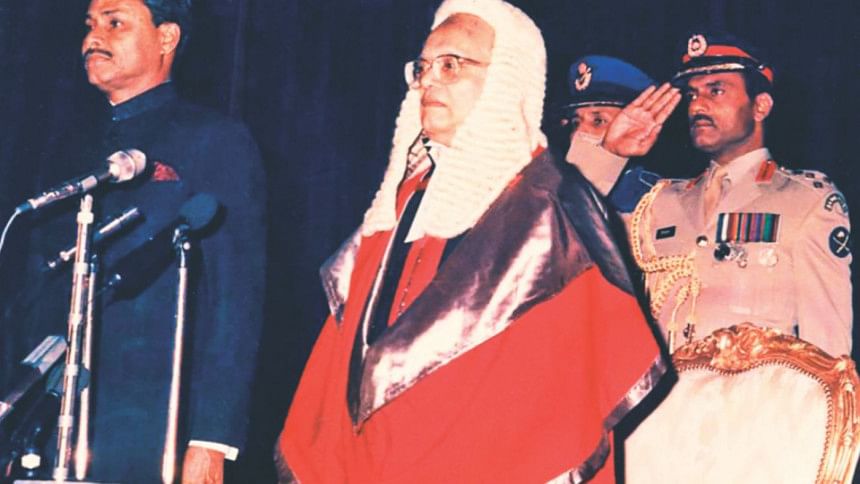
1986 GENERAL ELECTION
DATE: MAY 7, 1986
CONTESTING PARTIES: 28
VOTER TURNOUT: 61.07 PERCENT
BNP BOYCOTTED THE ELECTIONS
SEATS WON:
Jatiya Party: 153 seats
Awami League: 76 seats
Jamaat-e-Islami Bangladesh: 10
Jatiya Samajtantrik Dal (Rab): 4
Bangladesh Muslim League: 4
National Awami Party: 5
Communist Party of Bangladesh: 5
Jatiya Samajtantrik Dal (Siraj): 3
National Awami Party (Muzaffar): 2
Bangladesh Krishak Sramik Awami League: 3
Workers Party of Bangladesh: 3
Independents: 32
***
Ershad dissolved the Parliament in December 1987, and called for elections in 1988. However, most opposition parties boycotted the election.
***
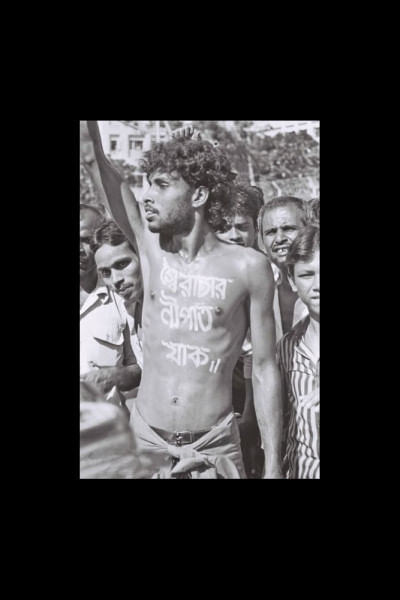
1988 GENERAL ELECTION
DATE: MARCH 3, 1988
CONTESTING PARTIES: 8
VOTER TURNOUT: 57.90 PERCENT
BOYCOTTED BY AWAMI LEAGUE, BNP, CPB, JAMAAT-E-ISLAMI BANGLADESH, THE BANGLADESH KRISHAK SRAMIK AWAMI LEAGUE, THE NATIONAL AWAMI PARTY (MUZAFFAR) AND THE WORKERS PARTY OF BANGLADESH
SEATS WON:
Jatiya Party: 251 seats
Combined Opposition Party: 19
Bangladesh Freedom Party: 2
Jatiya Samajtantrik Dal (Siraj): 3
Independents: 25
***
Strong protests and strikes were launched nationwide by opposition parties including Awami League and the BNP. Ershad, in the face of the protests, ultimately dissolved the parliament and handed over power to an interim government headed by Justice Shahabuddin. Elections were called for 1991.
***
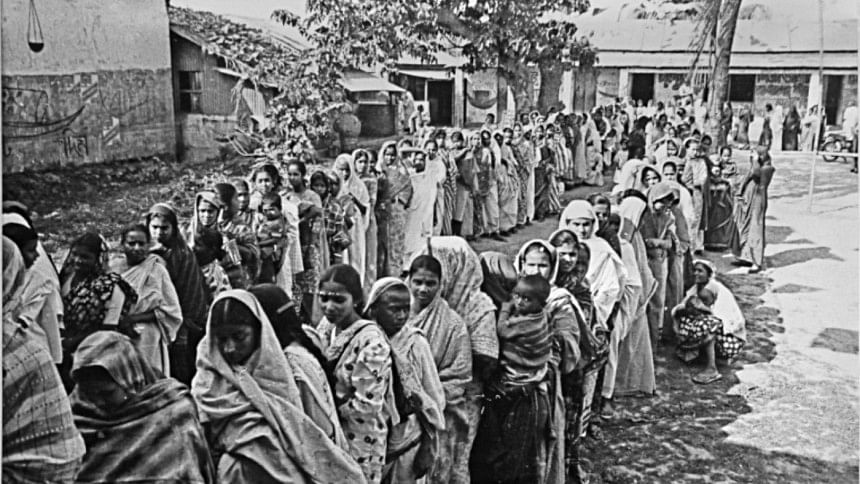
1991 GENERAL ELECTION
DATE: FEBRUARY 27, 1991
CONTESTING PARTIES: 75
VOTER TURNOUT: 55.45 PERCENT
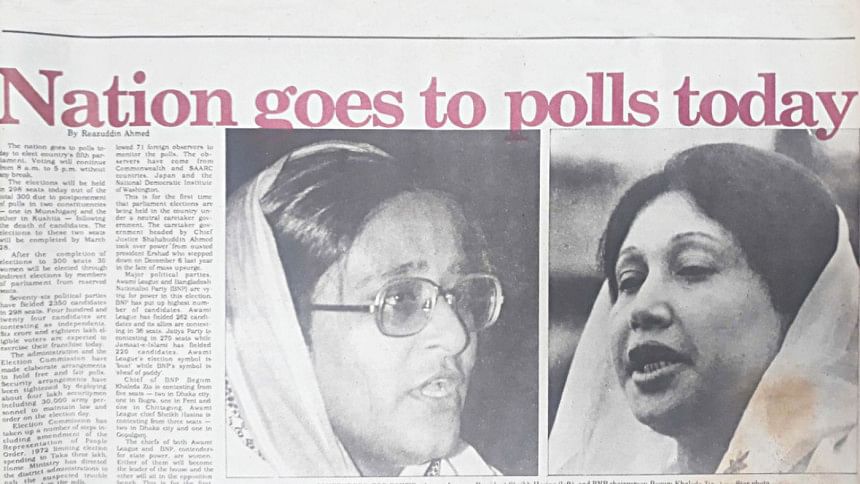
SEATS WON:
BNP: 140 seats
Awami League: 88
Jamaat-e-Islami Bangladesh: 18
Jatiya Party: 35
Bangladesh Krishak Sramik Awami League: 5
Communist Party of Bangladesh: 5
Islami Oikkya Jote: 1
National Awami Party (Muzaffar): 1
Ganatantri Party: 1
National Democratic Party: 1
Jatiya Samajtantrik Dal (Siraj): 1
Workers Party of Bangladesh: 1
Independents: 3
***
Opposition parties resigned from the parliament, and Khaleda Zia dissolved the Parliament in November 1995. Elections were called for February 1996.
***
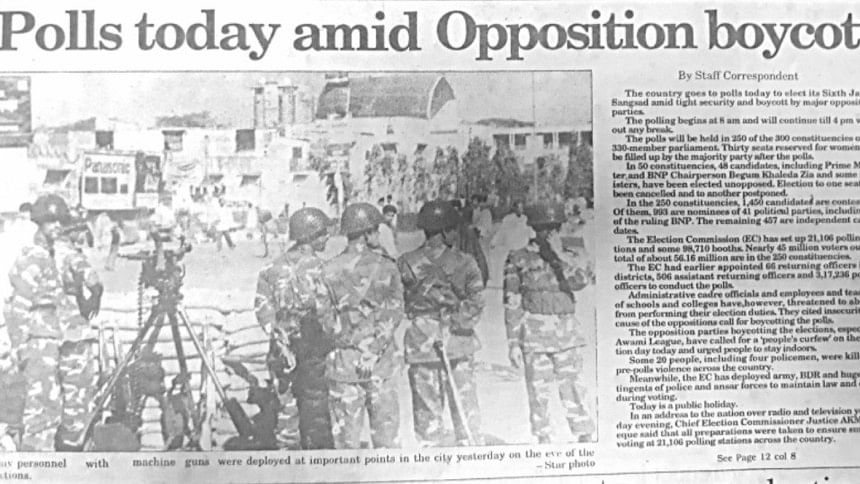
1996, FEBRUARY GENERAL ELECTION
DATE: FEBRUARY 15, 1996
CONTESTING PARTIES: 43
BOYCOTTED BY MOST OPPOSITION PARTIES
VOTER TURNOUT: 20.97 PERCENT
SEATS WON:
BNP: 278 seats
Freedom Party: 1
Independent: 10
Unfulfilled: 10
[No voting in 10 seats; 1 was stayed by the court]
***
Due to hartals called by opposition parties, the administration formed was short lived. In March 1996, following escalating political turmoil, the Parliament enacted the thirteenth constitutional amendment to allow a neutral caretaker government to assume power and conduct new parliamentary elections.
***
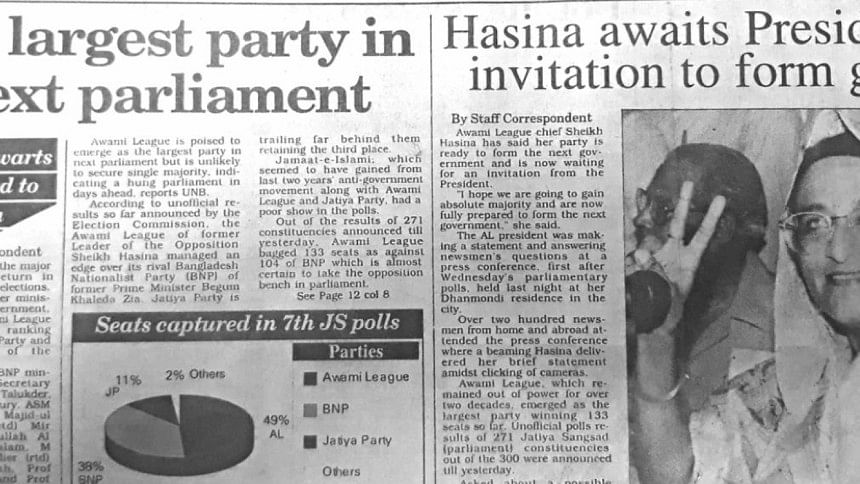
1996, JUNE GENERAL ELECTION
DATE: JUNE 12, 1996
CONTESTING PARTIES: 81
VOTER TURNOUT: 74.96 PERCENT
SEATS WON:
Awami League: 146
Bangladesh Nationalist Party: 116
Jatiya Party: 32
Jamaat-e-Islami Bangladesh: 3
Islami Oikkya Jote: 1
Jatiya Samajtantrik Dal (Rab): 1
Independents: 1
***
Elections were called for 2001 under a caretaker government, with the chief adviser as Latifur Rahman.
***
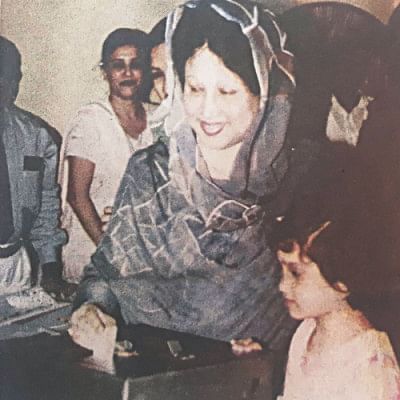
2001 GENERAL ELECTION
DATE: OCTOBER 1, 2001
CONTESTING PARTIES: 54
VOTER TURNOUT: 75.59 PERCENT
SEATS WON:
BNP: 195
Awami League: 58
Jatiya Party (Ershad) [Including Islami Jatiya Oikya Front]: 14
Jamaat-e-Islami Bangladesh: 17
Jatiya Party (Naziur): 4
Islami Oikya Jote: 3
Krishak Shramik Janata League: 1
Jatiya Party (Manju): 1
Independents: 7
***
Awami League formed a 14-party Grand Alliance including Ershad's Jatiya Party; BNP formed a four-party alliance which included the Islamist party Jamaat-e-Islami.
***

2008 GENERAL ELECTION
DATE: DECEMBER 29, 2008
CONTESTING PARTIES: 38
VOTER TURNOUT: 87.13 PERCENT
SEATS WON:
GRAND ALLIANCE
Bangladesh Awami League: 230
Jatiya Party: 27
Jatiya Samajtantrik Dal: 3
Workers Party of Bangladesh: 2
Liberal Democratic Party: 1
FOUR-PARTY ALLIANCE
Bangladesh Nationalist Party: 30
Jamaat-e-Islami Bangladesh: 2
Bangladesh Jatiya Party-BJP: 1
Independents: 4
***
Following widespread violence, the nation went to the 2014 elections. The elections were boycotted by the BNP.
***
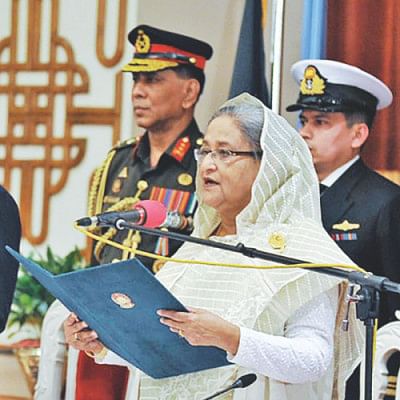
2014 GENERAL ELECTION
DATE: JANUARY 5, 2014
CONTESTING PARTIES: 12
VOTER TURNOUT: 40.04 PERCENT
BOYCOTTED BY BNP
SEATS WON:
Awami League: 234
Jatiya Party (Ershad): 34
Workers Party: 6
Jatiya Samajtantrik Dal: 5
Jatiya Party (Manju): 2
Bangladesh Tarikat Federation: 2
Bangladesh Nationalist Front: 1
Independents: 16
***
DATA SOURCES:
Election Commission website
Election in Asia and the Pacific: A Data Handbook Vol I (Oxford University Press, 2004)
Sangsodio Riti o Poddhoti (Bangladesh Institute of Parliamentary Studies, 2001)



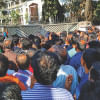
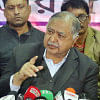

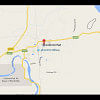


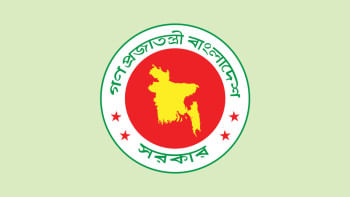
Comments